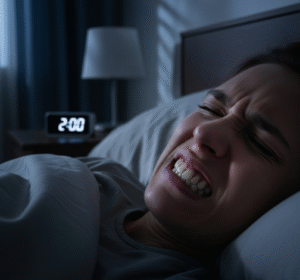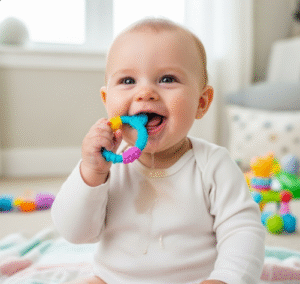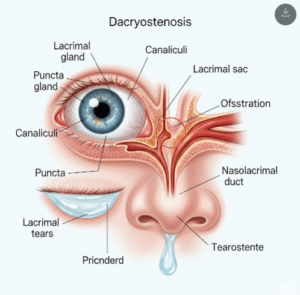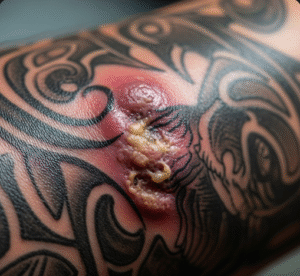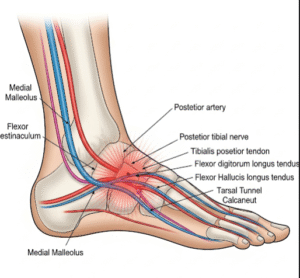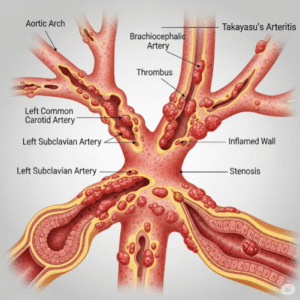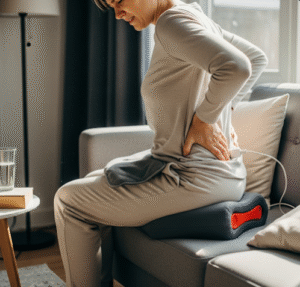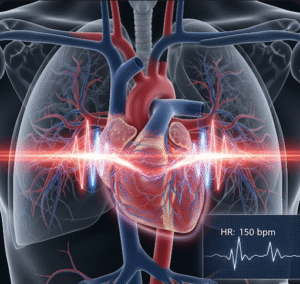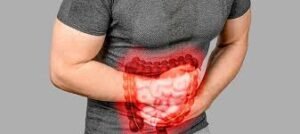Overview
UCL (Tommy John) injury refers to a tear or strain in the ulnar collateral ligament of the elbow, a key stabilizing structure particularly important in overhead and throwing athletes. This injury is common among baseball pitchers, javelin throwers, and other athletes involved in repetitive arm motion. Depending on severity, treatment ranges from rest and rehabilitation to surgical reconstruction—famously known as Tommy John Surgery.
What is UCL (Tommy John) Injury
UCL (Tommy John) Injury is a condition involving damage to the ulnar collateral ligament, located on the inner side of the elbow. The UCL connects the humerus (upper arm bone) to the ulna (forearm bone) and stabilizes the elbow during throwing motions. When the ligament becomes stretched, partially torn, or completely ruptured, it results in pain, instability, and reduced performance. The name “Tommy John” refers to the first professional baseball player to undergo successful surgical reconstruction of this ligament in 1974.
Symptoms
- Pain on the inner (medial) side of the elbow
- Decreased throwing velocity or control
- A popping sensation at the time of injury
- Swelling or tenderness over the UCL
- Loss of elbow stability
- Tingling or numbness in the ring and little fingers (due to ulnar nerve involvement)
- Stiffness or reduced range of motion in the elbow
Causes
UCL injuries are typically caused by repetitive stress or acute trauma to the ligament:
- Overuse from throwing sports, especially baseball and javelin
- Improper throwing mechanics or poor technique
- Lack of rest or recovery time between intense athletic activity
- Sudden forceful valgus stress, such as a fall or collision
- Inadequate warm-up or stretching routines in athletes
Risk Factors
- Baseball pitchers, especially those in high school, college, or professional leagues
- Athletes in sports requiring overhead throwing (e.g., tennis, javelin, volleyball)
- High pitch counts or year-round competition
- Young athletes who specialize too early in one sport
- Previous elbow or shoulder injuries
- Poor strength or flexibility in the arm and shoulder muscles
Complications
- Chronic elbow instability, affecting sports performance
- Inability to return to competitive throwing without proper treatment
- Ulnar nerve compression, leading to numbness or weakness in the hand
- Development of bone spurs or joint degeneration
- Psychological impact, such as anxiety or depression in athletes facing surgery and long rehab
- Incomplete recovery, if not treated appropriately
Prevention
Preventing UCL injuries involves a combination of technique, conditioning, and rest:
- Limit pitch counts and allow for adequate rest between games
- Learn proper throwing mechanics through coaching and training
- Strengthen shoulder, arm, and core muscles to reduce elbow strain
- Stretch and warm up thoroughly before athletic activity
- Avoid year-round single-sport specialization, especially in young athletes
- Early intervention for elbow pain, before it becomes a major injury
Treatment Options in Korea
Korea offers high-quality treatment and rehabilitation services for UCL injuries with options ranging from conservative care to advanced surgical procedures:
- Non-surgical treatment: Includes rest, ice, anti-inflammatory medications, bracing, and a structured physical therapy program focusing on elbow and shoulder strength
- Platelet-Rich Plasma (PRP) Therapy: Injections to promote healing in partial UCL tears
- UCL Reconstruction (Tommy John Surgery): Surgical replacement of the damaged ligament using a tendon graft; often recommended for complete tears in athletes
- UCL Repair with Internal Brace: A newer, less invasive surgical technique for certain tear types
- Post-surgical rehabilitation: A 9–12 month rehab process focused on regaining strength, flexibility, and throwing mechanics
- Sports medicine programs: Tailored recovery plans guided by orthopedic specialists, physical therapists, and sports trainers
With Korea’s advanced sports medicine infrastructure, athletes can expect a strong return-to-play outcome when properly diagnosed and treated.


